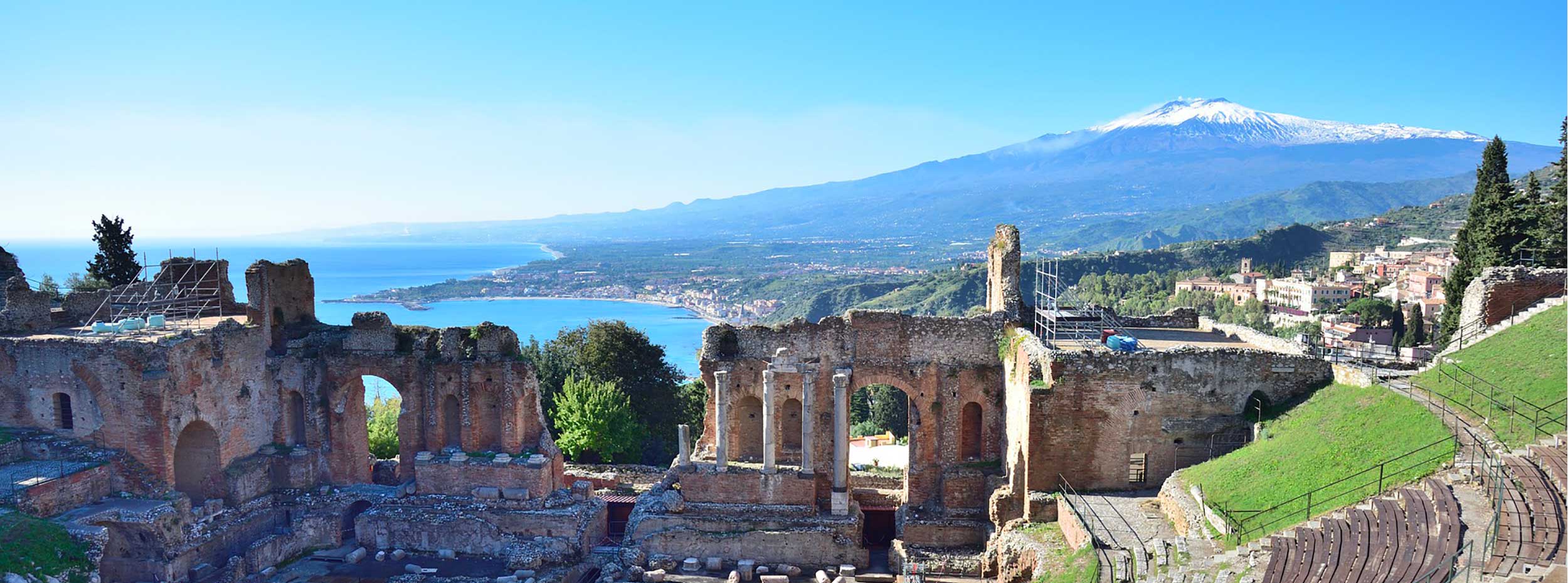
Antica Tindari
The respect for the land and the passion for the earth transmitted by shepherds’ ancestors, […]
View More


Popular Red Blends
Frappato
Nerello Mascalese
Nero d'Avola
Perricone

Average annual production of our selection
199,000
bottles
Popular White Blends
Carricante
Catarratto
Grillo
Zibibbo


Total vineyards extension of our selection
51ha

The respect for the land and the passion for the earth transmitted by shepherds’ ancestors, […]
View More
By vignaiolo Vincenzo Alesi
View More
Calogero Statella has been the oenologist of Tenuta delle Terre Nere since 2008. In 2016 […]
View More
The Ferrandes Family, of Spanish descent, moved to Pantelleria in the 15th century and has […]
View More